Views: 163
I used to treat rest days like they were going to stifle my gains. Dodging them with early-morning runs (ok, still guilty), back-to-back HIIT sessions, and a chronic refusal to stretch. For over two decades, fitness has been my mental reset button, so when an injury sidelined me late last year, I spiraled. The routine, the endorphins, the structure, it was all gone and I felt unmoored. But somewhere between the tight hip flexors and the creeping awareness of my own mortality (hi, I have a toddler now), I realized that pushing harder wasn’t the answer but playing smarter was. These days, reformer pilates is in my weekly mix, the foam roller lives rent-free in my living room and recovery is no longer an afterthought—it’s the main event. I’m still more active than most, but the goal has shifted: it’s not about chasing some perfect aesthetic. It’s about staying in this for the long haul—strong, steady and in a good mindset. An important lesson I’ve learned is that rest isn’t weakness, it’s where we reset, recharge and come back stronger. And I’m not the only one rethinking the hustle. From infrared saunas to NAD+ IV-drips, here’s how the fitness world is shifting from perfection to longevity.
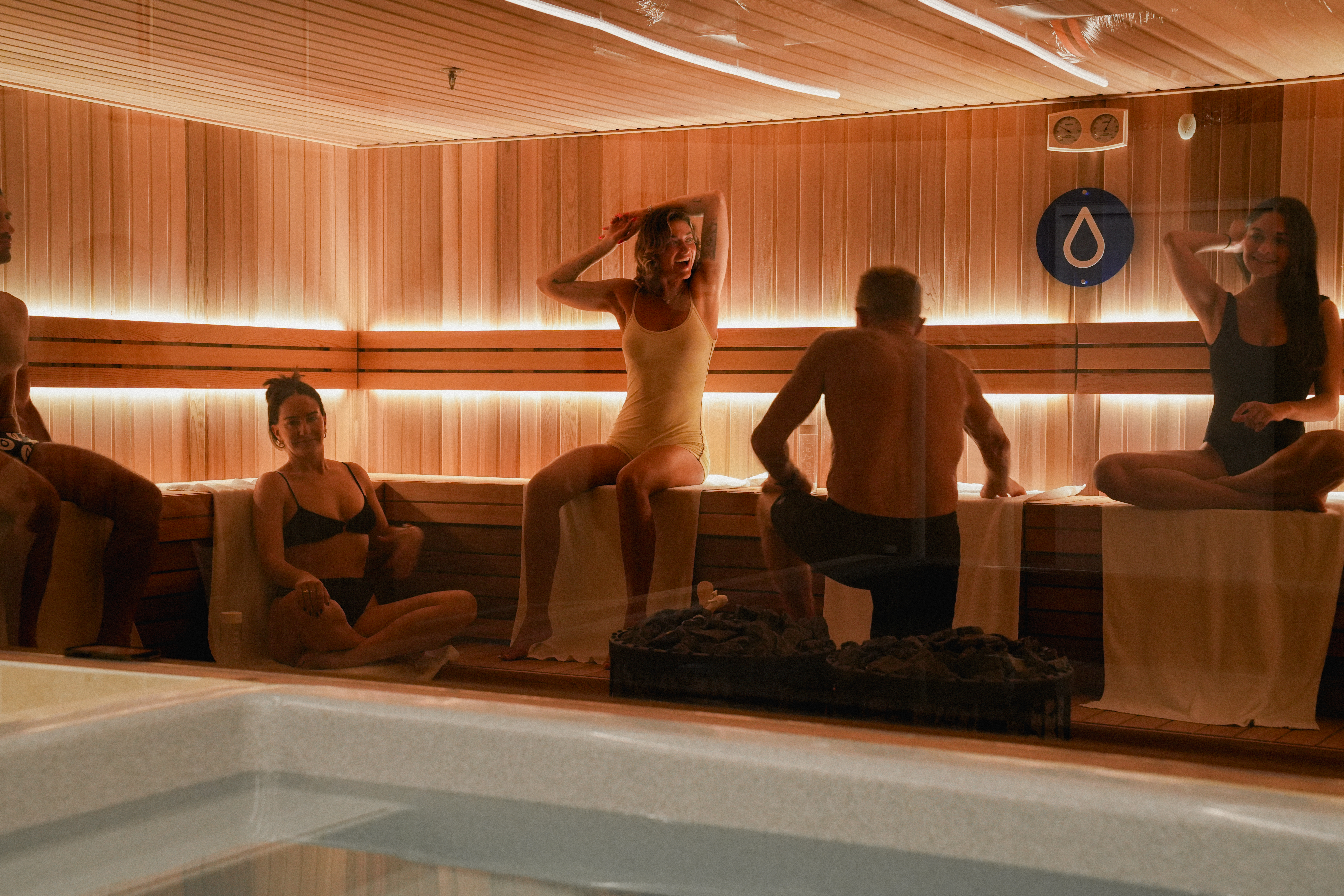
Courtesy of RCVRI
Rise of Recovery
Recovery may not be the most glamorous part of your fitness routine, but optimizing it is quickly becoming one of the hottest wellness trends. While staples like sleep, nutrition, and gentle movement remain key, recovery is evolving into a full-on ritual. “People are spending as much time on recovery as they are pushing themselves in the gym,” says Adam Reynolds, head of strategy and operations at UNITY Fitness in Toronto. The payoff? It’s helping to sustain peak performance while avoiding burnout. One major trend in recovery is wearable tech, like the Apple Watch, which tracks metrics to help optimize rest and recovery. But it doesn’t stop there. “Besides passive stretching post-workout, you can take recovery up a notch with practices like sauna sessions, ice baths, or Epsom salt soaks,” says Rebecca Kennedy, a NYC-based fitness expert, celebrity trainer and Peloton instructor. However, she notes a growing preference for heat exposure over cold, as research increasingly highlights the benefits of heat. Celebrities like Lady Gaga, Taylor Swift, and Cindy Crawford have long been fans of infrared saunas for their restorative effects.
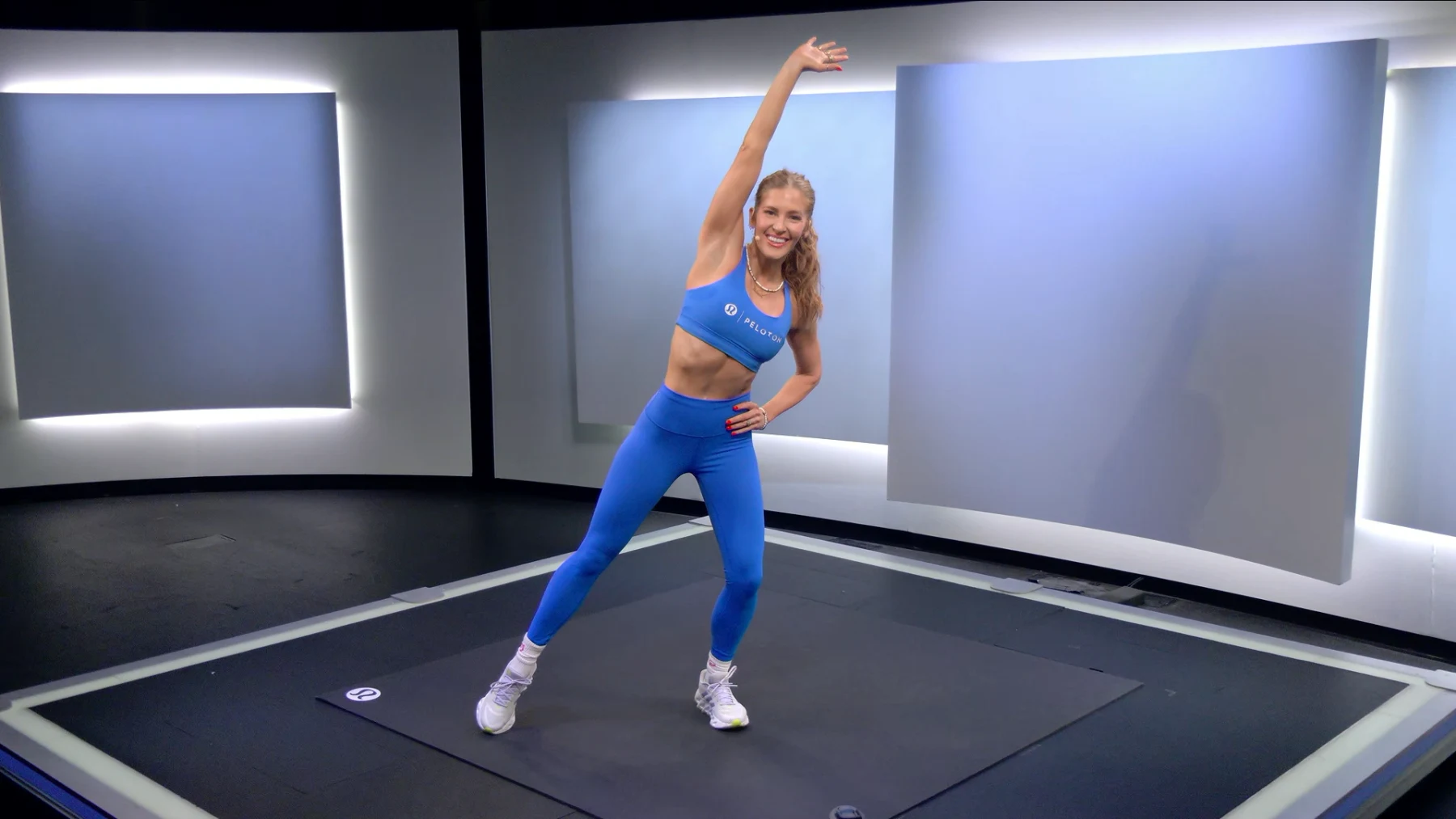
Courtesy of Peloton
Playing the Long Game
In 2024, the fitness world began to shift its focus from chasing perfection to prioritizing progress and longevity and this year, that mindset is becoming a full-blown movement. According to Reynolds, the evolution of the fitness industry is swinging towards people training for longevity and overall health. Rebecca agrees, noting a major shift in why people are working out. “People aren’t necessarily moving for the same reasons as they were in the past,” she says. “Now we’re seeing people moving to help with stress management, mood enhancement and just overall health and wellness.” She emphasizes that longevity-focused training isn’t one-size-fits-all, but strength training is a key component that everyone can benefit from, especially women. To complement strength training, Rebbeca recommends incorporating low-impact exercises like [hot girl] walks, hikes or boot camps. “I created a Low Impact Cardio class on Peloton about a year and a half ago, which takes the format of high-intensity interval training (HIIT) and makes it gentle on the joints,” she explains. Ultimately, this approach to fitness isn’t just about looking and feeling good—it’s about creating a training philosophy that adds years to your life and life to your years.
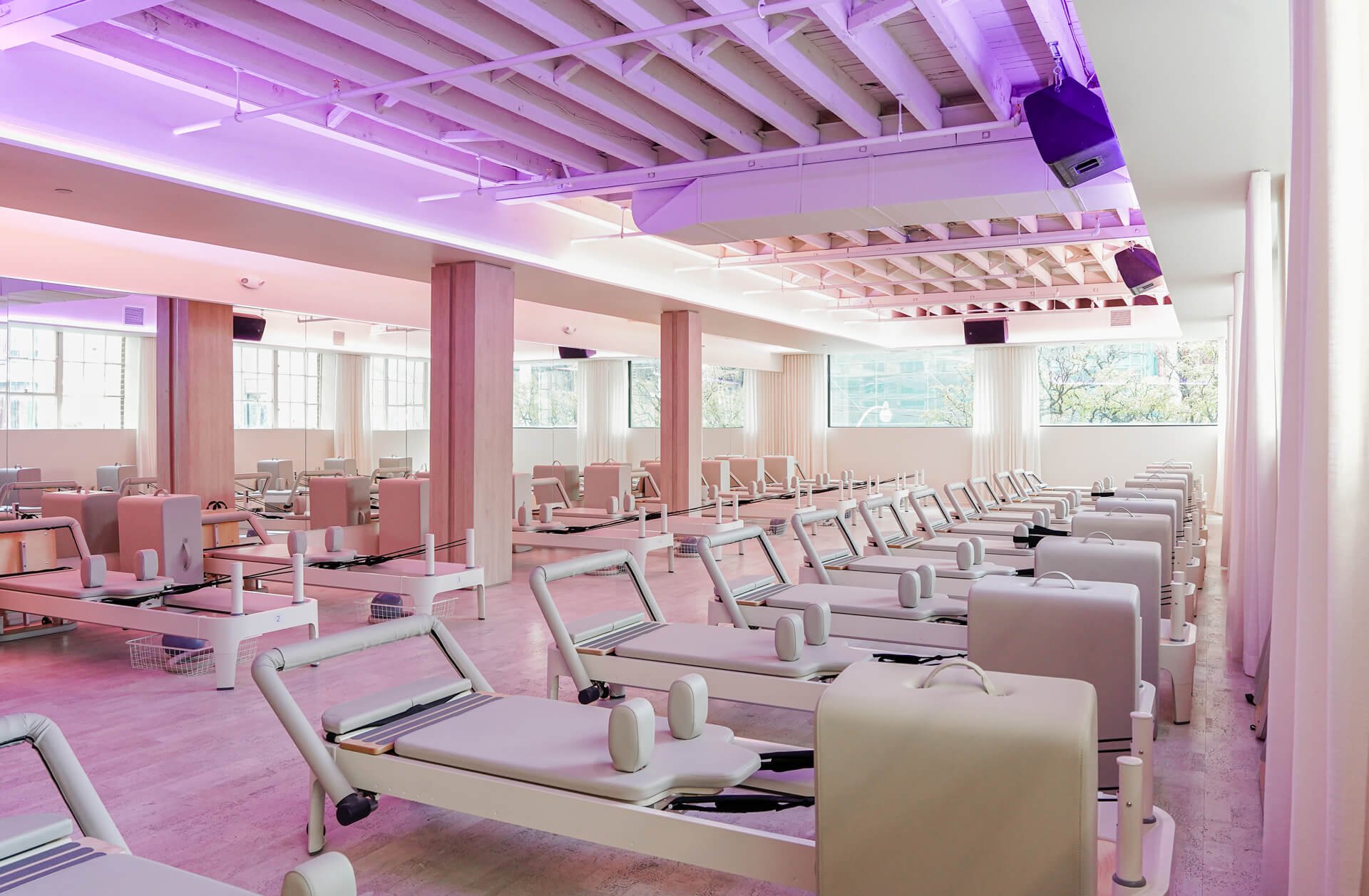
Courtesy of Solis
Pilates Performance
When Saturday Night Live dedicates an entire sketch to pilates studios, it’s clear the workout is having a serious moment. Beloved by athletes like David Beckham and LeBron James, and Hollywood A-listers such as Miley Cyrus and Jennifer Aniston, pilates has cemented itself as more than just a fitness trend—it’s a powerhouse practice. This workout relies on precise movements to build strength, stability, flexibility, posture and balance. Translation? It kinda does it all. “People are craving low-impact methods that focus on core strength and posture,” says Reynolds, who regularly sees hot pilates classes at his gym fully booked. “Add the heat from infrared panels, and you’ve got a winning formula for sweat, toning, and total body transformation.” Another version dominating the scene is reformer pilates, which uses a piece of equipment featuring springs, pulleys and a sliding platform to provide resistance. With the global reformer market projected to nearly double, from $7.7 billion in 2021 to $16.9 billion by 2031, it’s no surprise that new studios are thriving across North America.
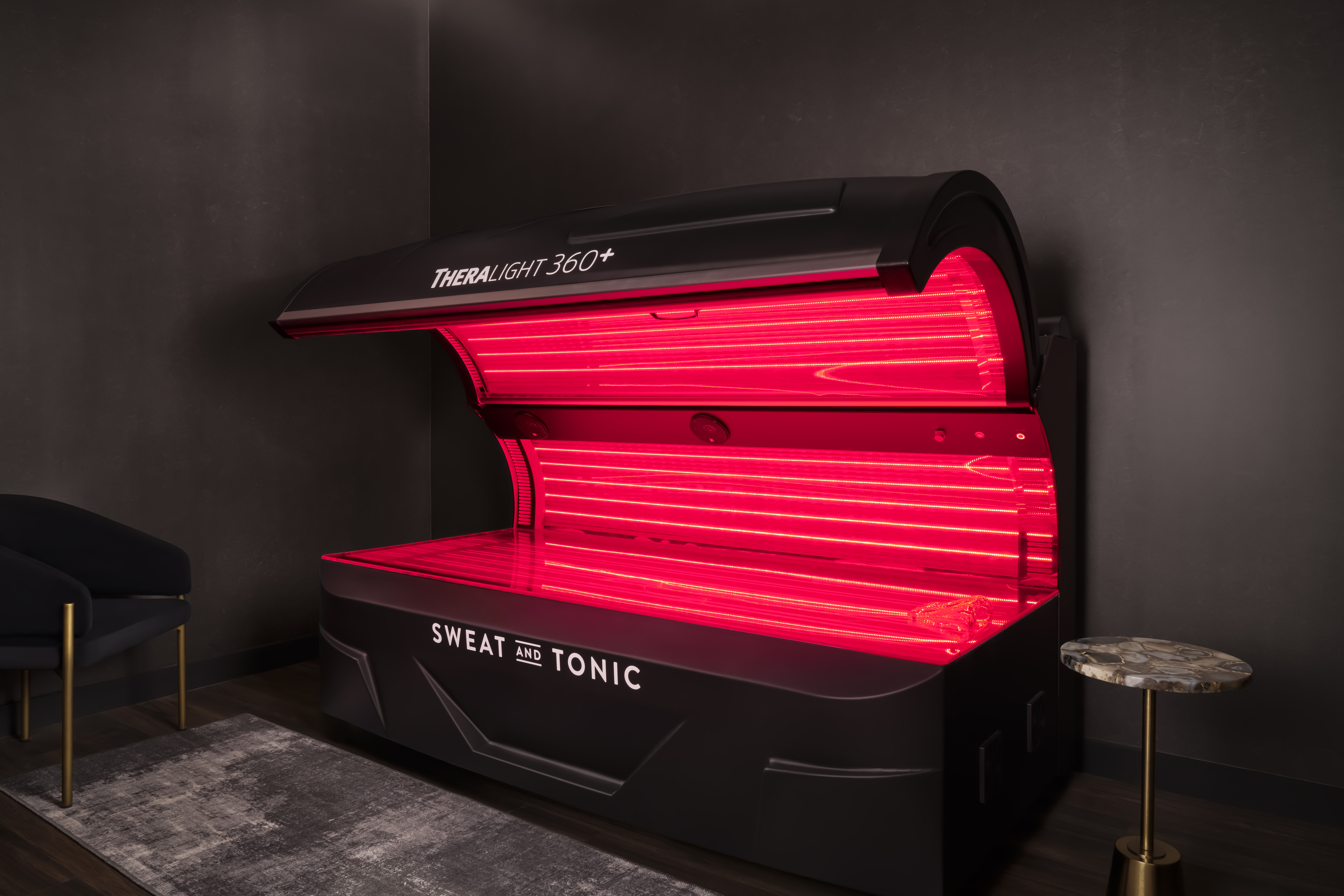
Courtesy of Sweat & Tonic
It’s Lit
Red light therapy is quickly becoming one of the buzziest recovery practices around—thanks to its ability to boost circulation, support cell regeneration, and ease muscle fatigue by helping mitochondria do their thing more efficiently. Celebs like Jennifer Aniston, Chrissy Teigen, and Victoria Beckham are fans, but you don’t need A-list access to try it. Wellness studios are popping up all over Toronto to meet the rising demand. Spots like Trove Wellbeing and the Sweat and Tonic Spa offer red light and infrared sauna sessions in luxe, spa-like settings. The latest addition? RCVRI (pronounced recovery), which opens July 1st, is a studio co-founded by Toronto General vascular surgeon Dr. Graham Roche-Nagle. Blending science-backed expertise with cutting-edge tech, the space serves up recovery treatments in a sleek, restorative environment—yes, red light is on the menu. For fitness and recovery, a 10 to 3o minute session in a red light bed can translate to reduced inflammation, faster healing, and alleviation of pain, helping athletes bounce back from workouts quicker.
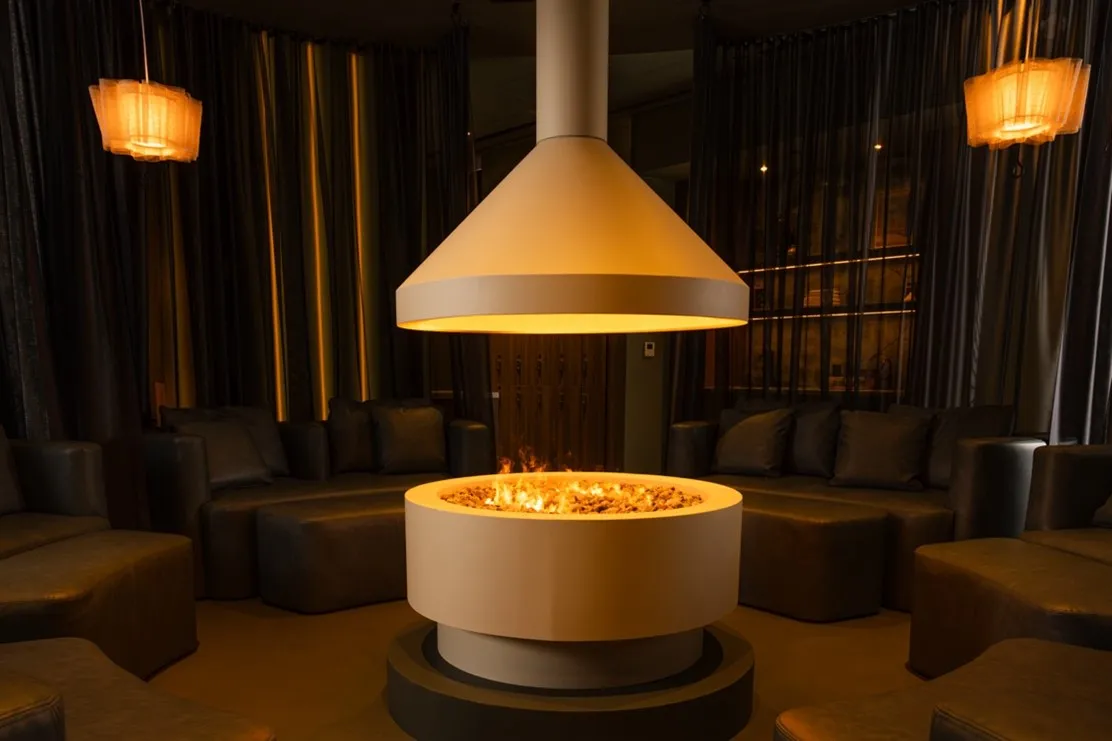
Courtesy of Trove Wellbeing
The Drip
Vitamin IV therapy has moved beyond hangover cures and Hollywood sets to become a buzzy wellness staple. The latest favourite? NAD+—a coenzyme naturally found in the body that helps convert nutrients into energy and supports cellular repair. Often dubbed the “longevity drip,” it’s said to improve mental clarity, boost metabolism and enhance recovery. At Toronto’s Trove Wellbeing, guests can unwind in a dedicated IV lounge while receiving personalized vitamin infusions (starting at $195) administered by a nurse.


